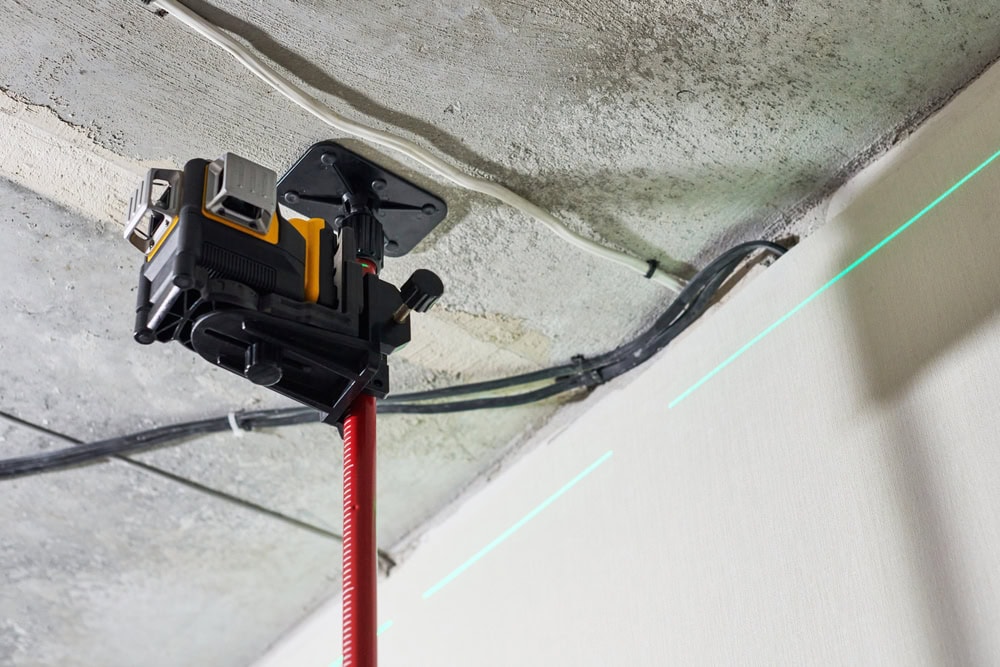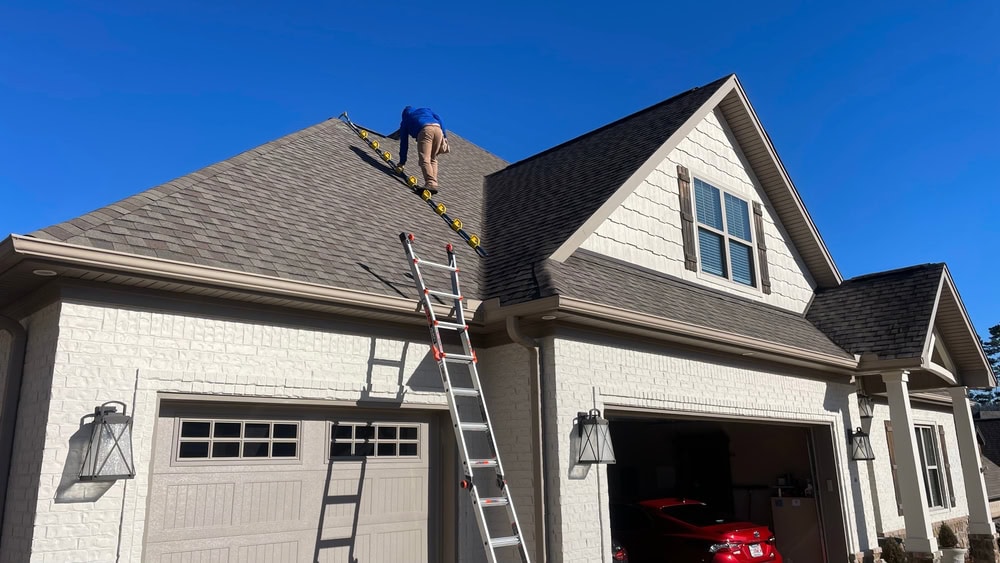Technology Integration for Modern Contractors
In today’s fast-paced construction industry, technology integration is no longer a luxury—it’s a necessity for contractors who want to remain competitive and efficient. This guide will explore key technologies and strategies for integrating them into your contracting business, helping you improve productivity, reduce costs, and deliver better results for your clients. 1. Project Management Software … Read more










